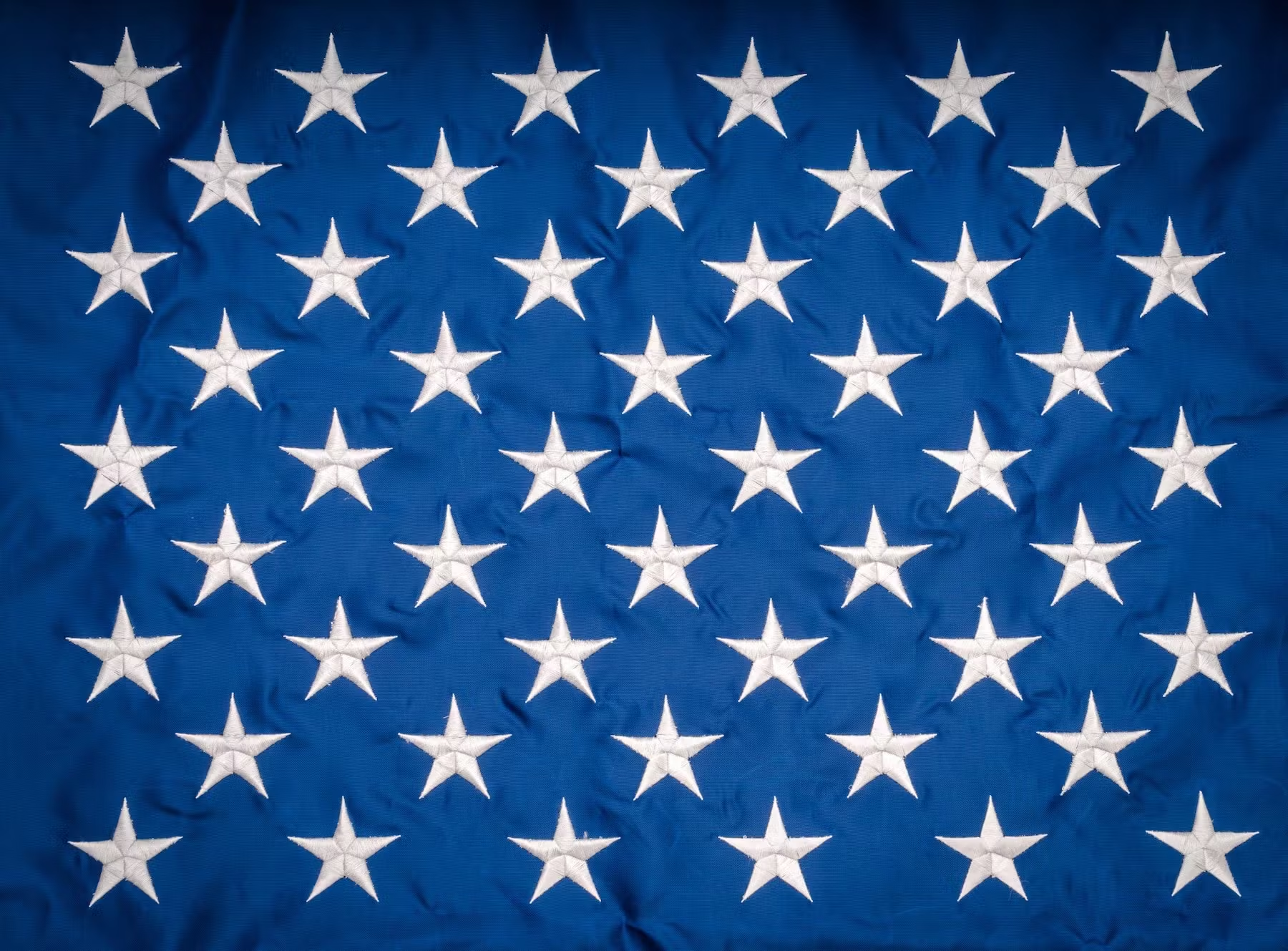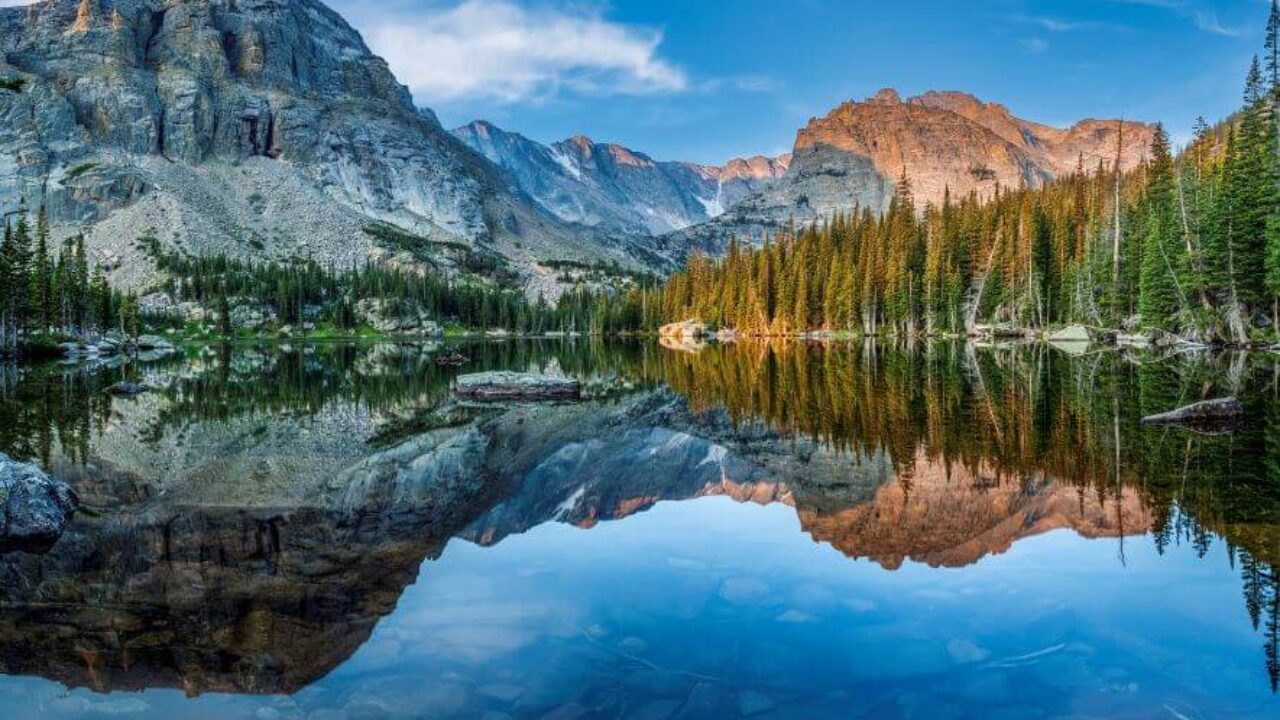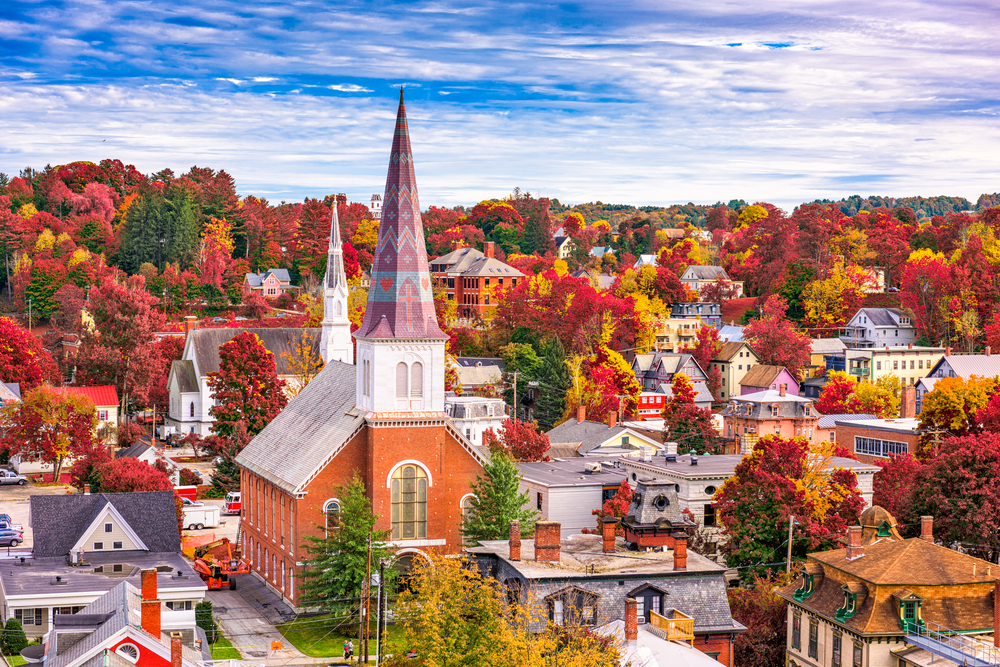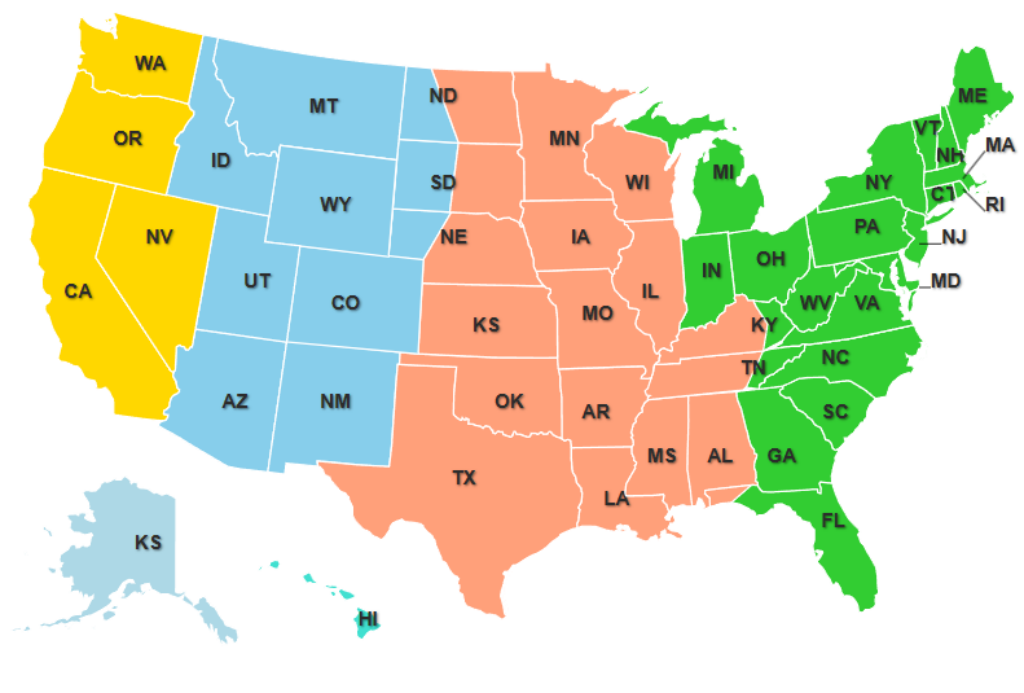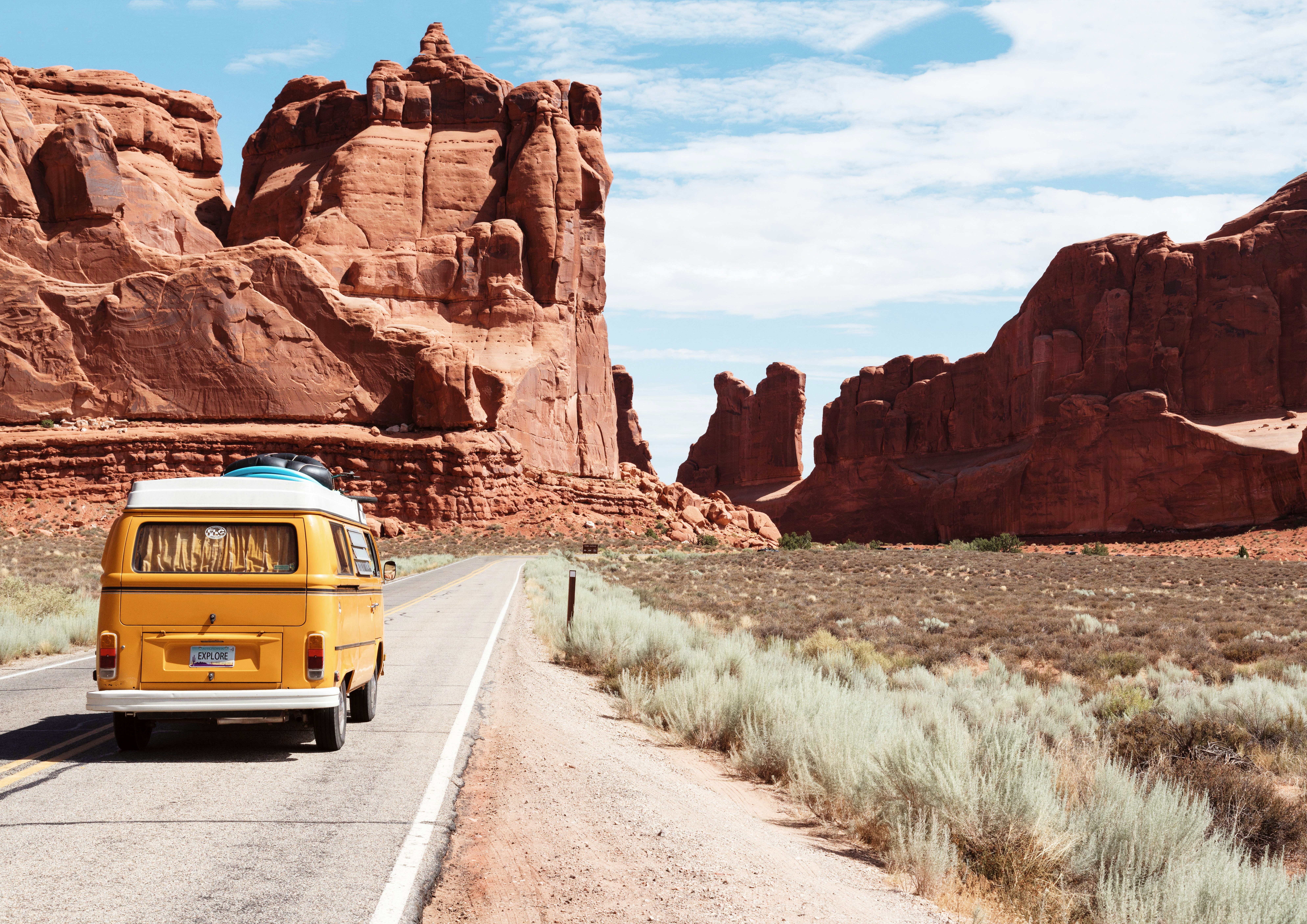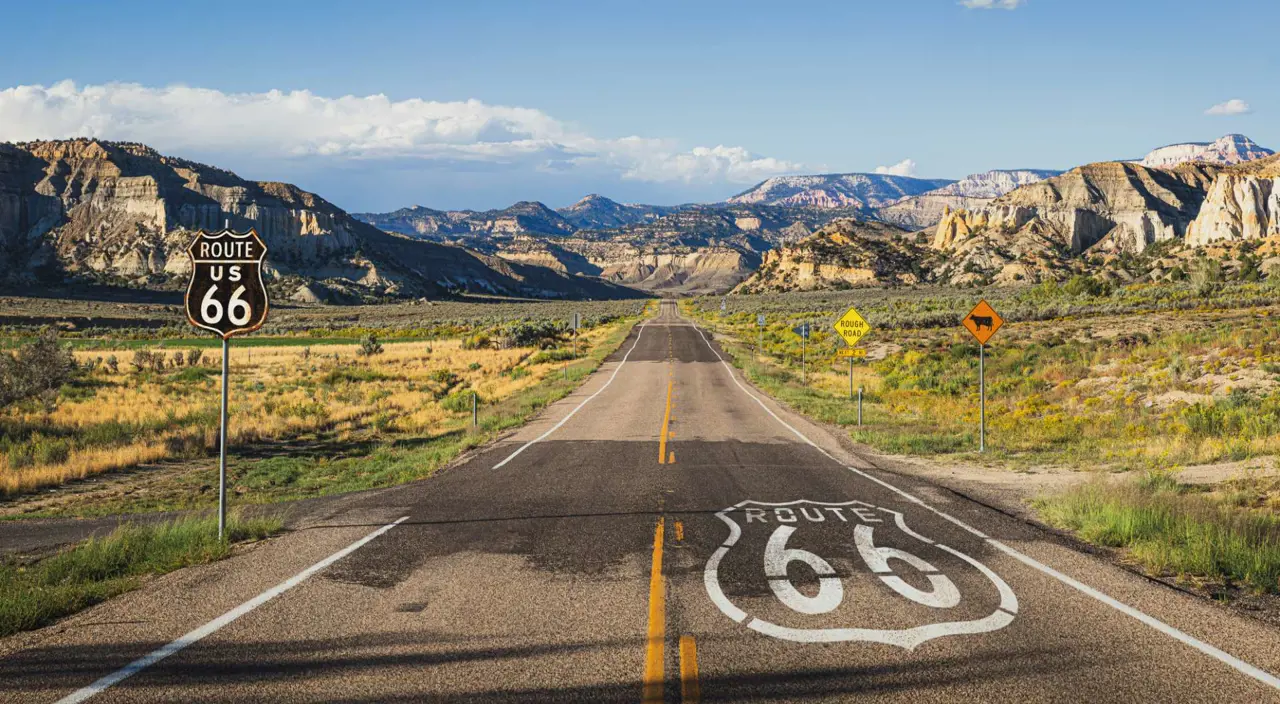The concept of a 51st state has been a recurring topic in American political discourse, encompassing various regions and territories that have sought or been proposed for statehood. As of April 2025, the most prominent candidates for becoming the 51st state are Puerto Rico and Washington, D.C., each with its unique historical context and recent developments.
Puerto Rico's Pursuit of Statehood
Puerto Rico, an unincorporated U.S. territory since 1898, has long grappled with its political status. The island's residents are U.S. citizens but lack voting representation in Congress and cannot vote in presidential elections. Over the past decade, Puerto Rico has held several non-binding referendums to gauge public sentiment on statehood.
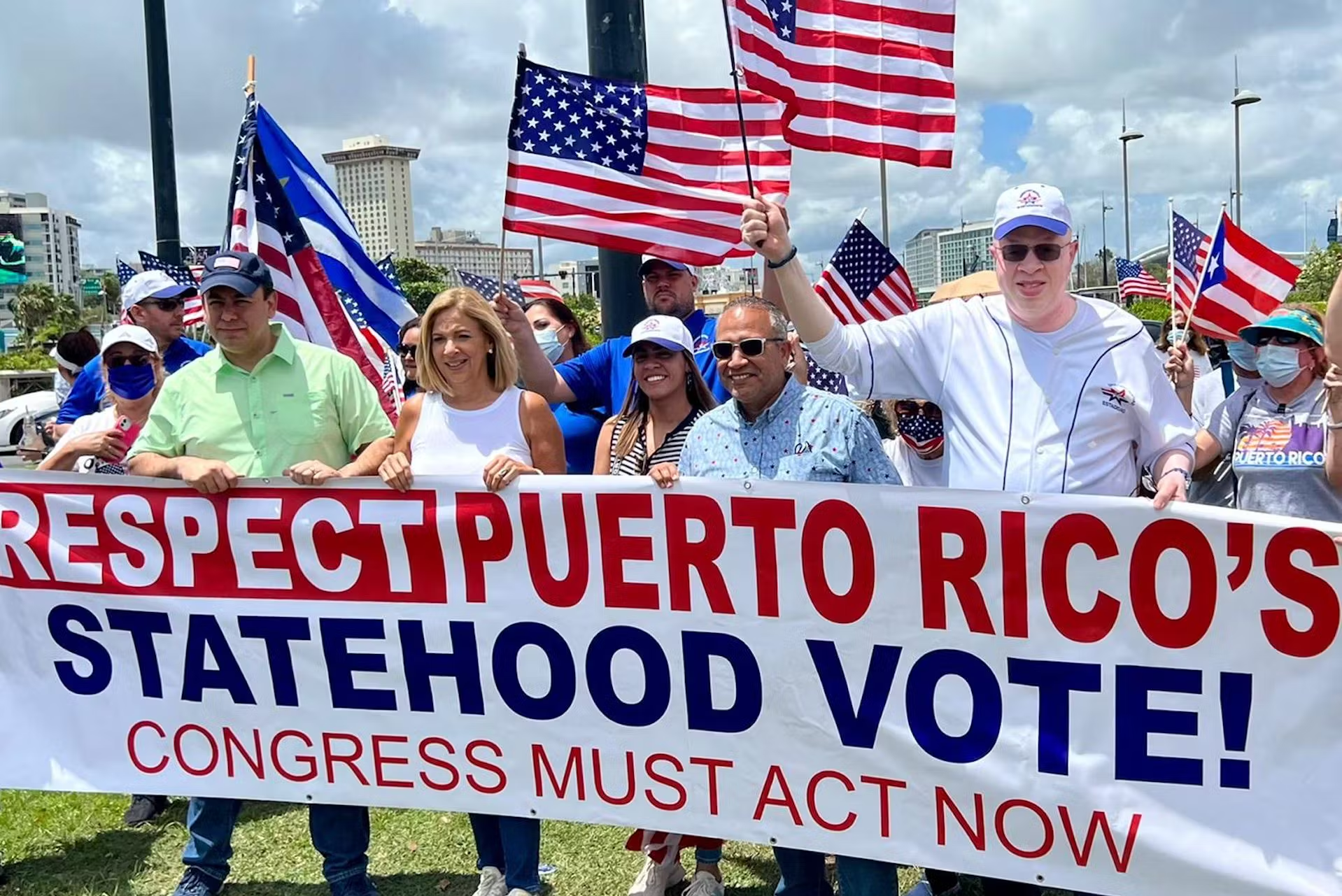
In November 2020, a referendum resulted in 52.52% of voters favoring statehood. Building on this momentum, another referendum was conducted in November 2024, where statehood garnered 58% of the vote. Following this, in February 2025, the Puerto Rico House of Representatives approved a resolution urging the U.S. Congress and the President to act in accordance with the demands of Puerto Rico's citizens. Despite these expressions of popular will, the admission of Puerto Rico as a state requires congressional approval—a step that has yet to be realized.
Washington, D.C.'s Statehood Movement
The District of Columbia, home to over 700,000 residents, has also been at the forefront of the statehood conversation. Despite paying federal taxes and contributing to the nation's capital, D.C. residents lack voting representation in Congress. In June 2020, the U.S. House of Representatives passed H.R. 51, the Washington, D.C. Admission Act, marking the first time a chamber of Congress approved such legislation.
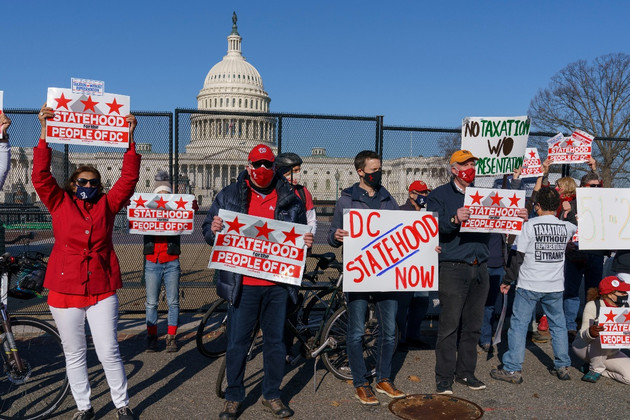
However, the bill stalled in the Senate. A subsequent attempt in April 2021 saw the House again pass a D.C. statehood bill, but it faced significant opposition and did not advance in the Senate. The primary contention lies in the constitutional requirement for a federal district, with opponents arguing that statehood for D.C. would necessitate a constitutional amendment.
Other Statehood Proposals
Beyond Puerto Rico and Washington, D.C., other regions have been mentioned in statehood discussions. Notably, in February 2025, President Donald Trump suggested that Canada should become the 51st U.S. state, proposing the erasure of the border between the two countries. This idea was met with skepticism and outright rejection from Canadian leaders, including Prime Minister Justin Trudeau, who dismissed the notion as unrealistic. The logistical and political challenges of such an annexation make it an improbable prospect. In February 2025, there were surprising suggestions about potential international territories joining the Union, though these proposals were largely dismissed as unrealistic by political experts and international leaders.
Legal and Political Hurdles
The admission of a new state into the Union is governed by Article IV, Section 3, Clause 1 of the U.S. Constitution, which grants Congress the authority to admit new states. The process typically involves:
- A territory expressing its desire for statehood
- Congress passing an enabling act
- Drafting and approval of a state constitution
- Final congressional approval
However, political considerations, including partisan balance and constitutional interpretations, often complicate this process.
Looking Ahead
The path to admitting a 51st state remains complex and multifaceted. While Puerto Rico and Washington, D.C. have demonstrated significant local support for statehood, achieving this goal requires overcoming substantial legal, political, and constitutional challenges. As of 2025, the discourse continues, reflecting the evolving nature of American democracy and its expansion.
